Cost of Tip Plasty in Iran

The cost of tip plasty in Iran varies depending on some factors such as the surgeon, the hospital, or some extra fees related to your travel to this country. However, since tip plasty is part of the main procedure of rhinoplasty, it’s cheaper than the original surgery. In general, the price of this operation in Iran is somewhere between $1500 to $2200 Due to low currency, cosmetic procedures in Iran are more affordable than in other countries. You can find the price of the tip plasty in U.S. Between $4600 to $14000, in England $6000 to $15000, and in Turkey $2300 to $3000. This is why many international patients travel to Iran every year to get their cosmetic surgeries at a reasonable cost.
Rhinoplasty vs. Tip Plasty
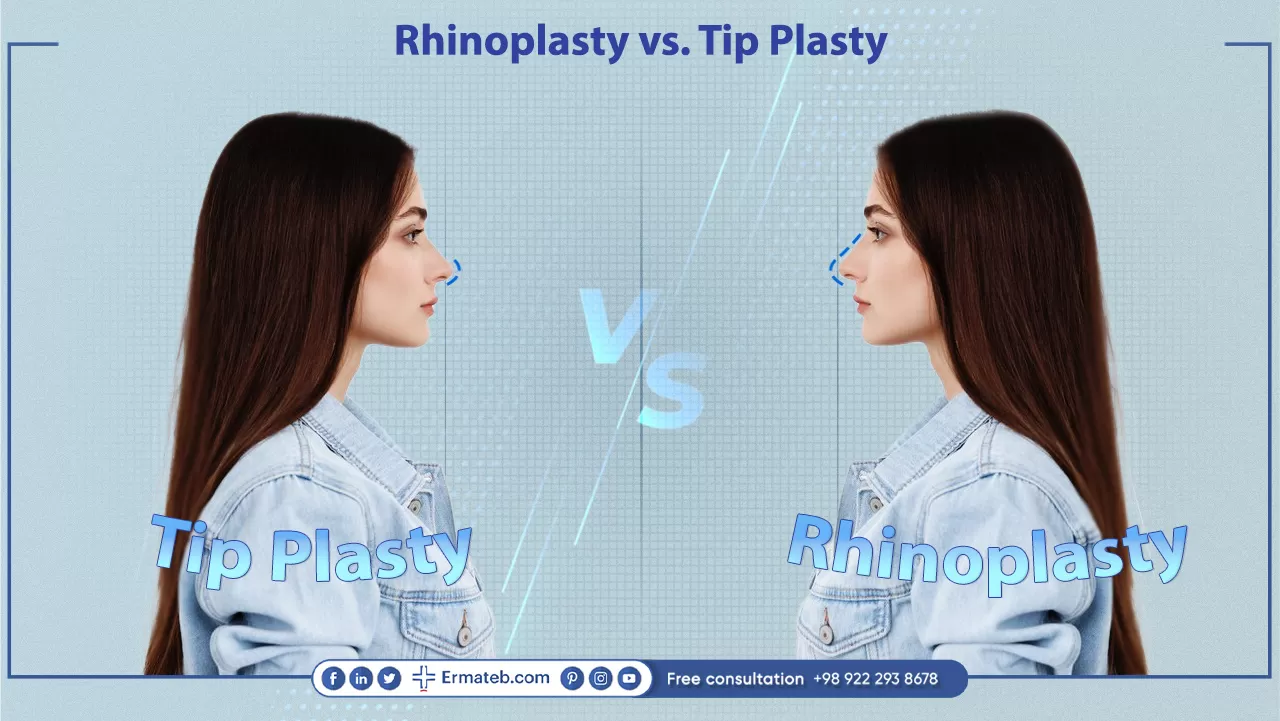
The difference between tip plasty and rhinoplasty is clear. As the name implies, tip plasty focuses on the nasal tip, while a full nose job can refine both the tip and other parts of the patient’s nose. Usually, a full rhinoplasty is needed since there may be structural and other problems that need to be addressed, not just a cosmetic tip issue. Tip reshaping is most commonly seen in patients who have had a previous nose job, but are unhappy with their outcomes, especially in the tip. Some first-time nose job in Iran patients may be able to see benefits from a tip reshaping alone.
The tip plasty surgery has a shorter recovery time compared to full rhinoplasty. A tip reshaping typically needs less downtime. Swelling can also resolve sooner, allowing patients to see their full results in weeks, not months.
Who Can Be a Good Candidate for a Tip Plasty Surgery?
The surgery is ideally suited to people who are unhappy with the drop of the nasal cartilage at the nose tip but don’t have any problems with the structure of the nasal bones. The procedure can also help individuals with a wide nose tip, bulbous nose tip, short or long nose tip, an uneven nose tip, or correct birth defects or damage caused by injuries. Additionally, refining the shape of the nose can also help relieve some breathing issues.
In general, a suitable candidate for Tip plastic surgery is someone who has the following nasal tip characteristics:
1.Too short tip that needs to be more defined
2.Bulbous or rounded tip that isn’t in harmony with other facial components
3.Droopy nasal tip
4.Too pointy nasal tip
5.The too-upward tip in which nostrils are too visible
And who:
1.Has concerns about the size, shape, or symmetry of their nasal tip appearance
2.Is in good overall physical health
3.Has a stable nasal structure. It means that their nasal growth has typically ceased. Usually, this is the case for adults, as nasal growth is typically completed by the late teens or early twenties.
4.Has realistic expectations about the results of the surgery
5.Is a non-smoker since smoking can interfere with the process of healing and increase the risk of side effects
6.Is at least 17 years old.
Tip Plasty Surgery
Two types of Tip plasty surgeries can be employed according to the surgeon's diagnosis: Cartilage surgery and Alar reduction.
1.Cartilage surgery
This surgery is for patients who already have a pointed nasal tip but want to get it protruding and sharper.
After analyzing the structure of the tip, the plastic surgeon will tie the alar cartilage. The surgeon will try to either trim a portion or eliminate the cartilage.
Cartilage implant tip plasty is the procedure for people who have flat noses because of extra fats. The surgeon eliminates all fat first and then replaces it with the implant.
As the name implies, cartilage reposition tip plasty changes the septum cartilage and places it in the desired area. This procedure is usually used for those suffering from upturned and short noses. On the other hand, this procedure can be helpful for revision nose jobs or injured noses in which the nasal bridge is sunken.
This operation is the most complicated under cartilage surgery since it manipulates the cartilage, septum, and skin. An implant may also be needed depending on the condition of the nose.
2.Alar reduction
The removal procedure includes the cut of the extra skin in the alar. The incision will be done in the lower part to hide the stitch. This method is suggested to those having wide nostrils with excess skin in the alar. In addition, it can be useful for thick skin nasals.
The tie method is performed by making the incision inside the nostrils to decrease the size of them. This method ties the skin between two nostrils. The good point about this procedure is invisible stitches inside the nose and also recommended for individuals who are seeking a more natural look.
Tip plasty takes a shorter time than a full Rhinoplasty. Tip plasty normally takes just 40 minutes while rhinoplasty’s time differs from 1.5 to 2 hours. In this type of rhinoplasty, nasal deviation or fracture will not be removed since patients with these kinds of deformities must go through general rhinoplasty.
Tip Plasty Recovery
Tip plasty is just an outpatient procedure and patients can go back home on the same day. The surgery has a short recovery period, and unlike other rhinoplasty procedures, the treatment and care period will end soon and the patient can return to daily life. This is important for some individuals, such as athletes, pilots, actors, and so on.
3-7 days after the surgery patients can start daily activities such as going to school. An average of 6 months is needed for the swelling to be gone and the outcome to appear. There are no dietary restrictions after tip plastic surgery except to decrease salt intake. After tip plasty, the patient should use nasal tape for two months. It helps with sooner healing.
Advantages and Risks of Tip Plasty
1.less price
2.Shorter recovery period
3.Permanent result
4.No risks of anesthesia
5.Invisible incision
6.Tip plasty is one of the safest cosmetic operations: it is done under local anesthesia and only deals with the nasal tip. Therefore, it will be much safer compared to general Rhinoplasty.
The risks can include:
1. Infection
2. Bleeding
3. Bruising
4. swelling
5. Scarring
6. Altered sensation in the nasal tip and surrounding area
7. Unsatisfactory results
8. Need for revision rhinoplasty ( Revision rhinoplasty in Iran )
Preoperative and Postoperative Tips for Tip Plasty
1. Before the surgery, inform the surgeon if you’re on any sort of medication.
2. Avoid taking aspirin and blood thinners for 2 days before your surgery.
3. Avoid vitamin E for 2 days before the surgery.
4. Avoid smoking at least for 10 days before your operation.
5. If you have a serious disease let the surgeon know. You’ll take some blood tests before your operation.
6. Inform the doctor if you’re allergic to any kind of medication.
Post-op care after the surgery:
The first two days after tip plasty, you should put two pillows under your head while you sleep. Put the cold compress next to your nose for two days (15 minutes or more every hour). You can take a bath three days after the surgery. After completely soaking your nose under the shower, eliminate the nasal tape slowly and upwards.
Change the nose tape only 3 times a week. Now use nasal spray 7 to 8 times a day, with two puffs in each hole. Use tetracycline ointment two times a day at the sutures. Apply the restorative ointment twice a day for one-month ointment at the external suture site after suture removal and discontinuing tetracycline Sutures can be eliminated one week after the procedure.
You can exercise five weeks after your operation. Five weeks after the surgery, it’s possible to use glasses, and if someone needs medical glasses, the glasses must be stuck to the forehead and not come into contact with their nose in any way.
Patients must not use ear cleaner to clear their noses. Eliminate the cotton inside the nose and the gas under your nose two hours after the tip plasty surgery. Watery discharge is normal for 2 to 3 days.
Pain and discomfort during the first days are mild to moderate and can be managed with prescribed pain medications. It is necessary to take pain medication as directed by the surgeon. Swelling and bruising are normal and can be more pronounced during the first week after the surgery. Bruising usually diminishes within the first two weeks.
Patients are advised to get as much rest as they can during the recovery period, typically for the first week. Physical activity and strenuous activities should be avoided for at least several first weeks to prevent side effects.
Patients will have follow-up appointments with the surgeon in order to monitor the process of healing and eliminate any external sutures or splints. Every patient’s recovery time is unique, and the timeline for returning to normal activities can be different. It is crucial to maintain open communication with the surgeon and follow their specific instructions to ensure a successful recovery. If the patient has any concerns or experiences unusual symptoms during the recovery time, he/she should contact the surgeon promptly for guidance.
What Are the Possible Results of Tip plasty Surgery?
The surgery has many possible results including:
1.Addressed Balance:
One of the important goals of the Surgery is to change the size and shape of the nasal tip.
2.Improved Nasal Projection:
Some individuals may have a nasal tip that is either too prominent or insufficiently projected. Tip plasty surgery may adjust the projection.
3.Symmetry:
Many individuals seek Tip Rhinoplasty to correct asymmetry in their nasal tip. The surgery can address uneven or irregular tip features.
4.Narrower or Wider Tip:
For individuals with concerns about the width of their nasal tip, the surgeon can widen or narrow it.
5.Scarring:
Tip plasty usually includes small incisions, often hidden within the nostrils or at the base of the columella. This decreases the visibility of scarring.

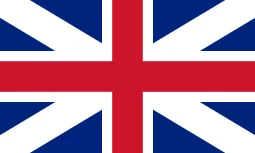
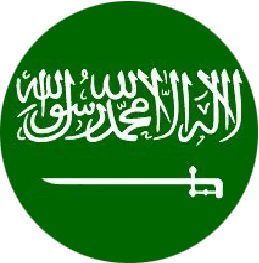 Arabic
Arabic
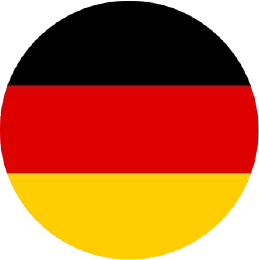 German
German
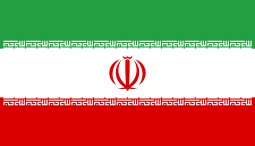 Persian (Farsi)
Persian (Farsi)
 Russian
Russian
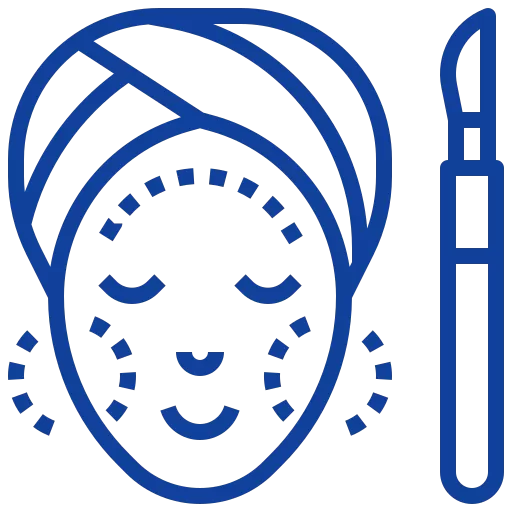 Beauty
Beauty

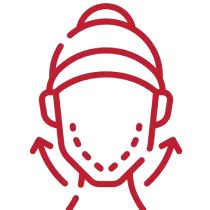

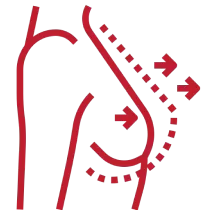
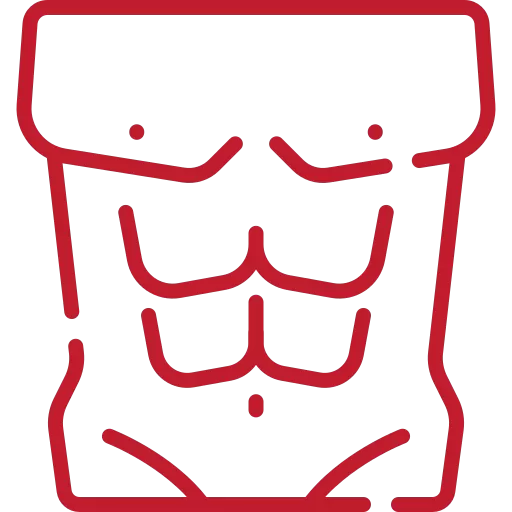

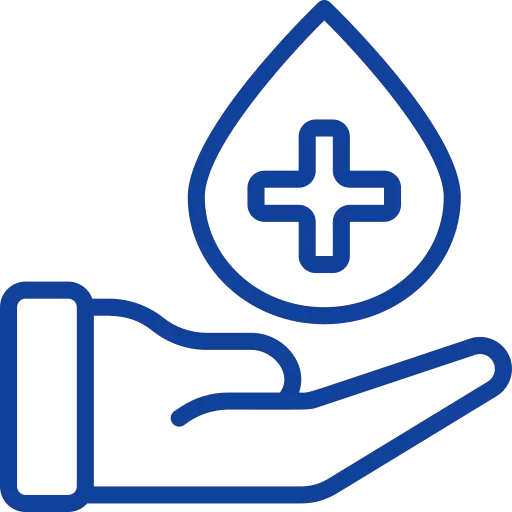 Medical
Medical
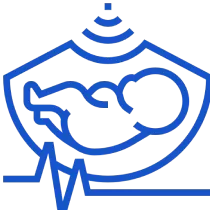


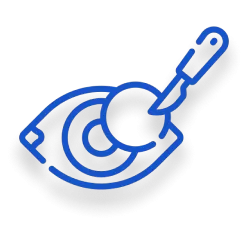
 Hotels
Hotels
 Hospitals
Hospitals































![Frequently asked question about [name]](/v2tem/images/pages/service/faq-image.webp)
